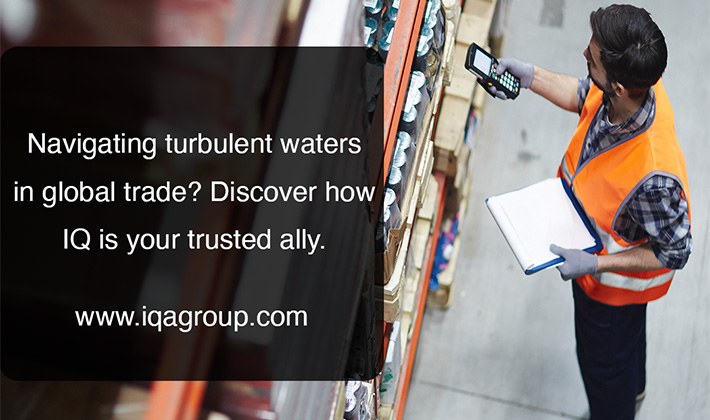
Uniforms. Often Boring by Definition.
u-ni-form [yoo-nuh-fawrm] adjective 1. identical or consistent, as from example-to-example, place-to-place, or moment-to-moment: Boring.
bor-ing [bawr-ing] adjective 1. full, repetitious, uniform.
Uniforms are often boring from lack of design. If your brand is solely focused on matching a pantone, to a standard polo with a dull fabric to host a prized logo, while the average human can only recall on average 18 colors (not hues), it is a wasted effort. In addition, all too often uniforms often just host a logo, without any regard to functionality or style! Like placing a stamp on an envelope without an address. To properly outfit a brand, one must craft a contextual image, message and/or style that delivers your brand with a smile. A relevant uniform design can convey your brand message, inspiring customers and motivating employees. Purposely leave a lasting impression with apparel that conveys your brand emotion, style and context. Connect with millenniums with a social statement or a radical experience, or boomers with nostalgic style.
Trade Dress, or Dressed for Trade? All too often a uniform is thought of as disposable due to employee churn, and companies focus on the lowest cost provider/garment. They fail to recognize the uniform’s value as part of their trade dress, a billboard to deliver their message, and as a tool to unite a team committed to service. Even in companies where food handling is present, a uniform is often viewed as a mandated health code issue, that is simply a box that needs to be checked on a list.
Looking Good! A properly constructed uniform can deliver far more than a check on a health inspector’s list. It should be durable. The lowest cost uniform may provide the lowest value, and may be the most expensive solution over its limited life. A properly designed uniform assortment should be a durable, professional looking billboard for your brand message, day-in and day-out. It should be easy to care for and resist the spills and soils found in the work environment. Never underestimate the ritual of donning a uniform, since it transforms a person into an employee. A wash and wear garment protected from stains and wrinkles is priceless in managing an entry level workforce which conveys your brand in person to patrons.
Being Safe! Uniforms can also provide confidence and deliver material safety benefits to employees. Whether it’s a grease resistant apron, an antimicrobial shirt, or cut resistant gloves, a brand can increase the safety of their employees and lower a brand’s liability. While some of these solutions may appear to be expensive, the cost of several years of deployment can easily be offset by will just one incident. Often the use of these fabrics is mandated by OSHA, and increasingly these fabrics are being deployed in situations that are solely mandated by good conscience.
First Impressions! Your employees’ attire visually speaks to your customer before they even say a word. A mascot in a “costume” is there to entertain, but most of your employees need to be dressed to serve. If your employee’s attire looks gimmicky, cheap, and promotional, the Customer will see that in person, and your employees will have seen that in the mirror. How one sees themselves often sets the stage for their behavior.
Brand Ambassadors! When you provide your team with garments that convey the brand and the brand’s investment in them personally, you have laid the foundation for brand ambassadors.



